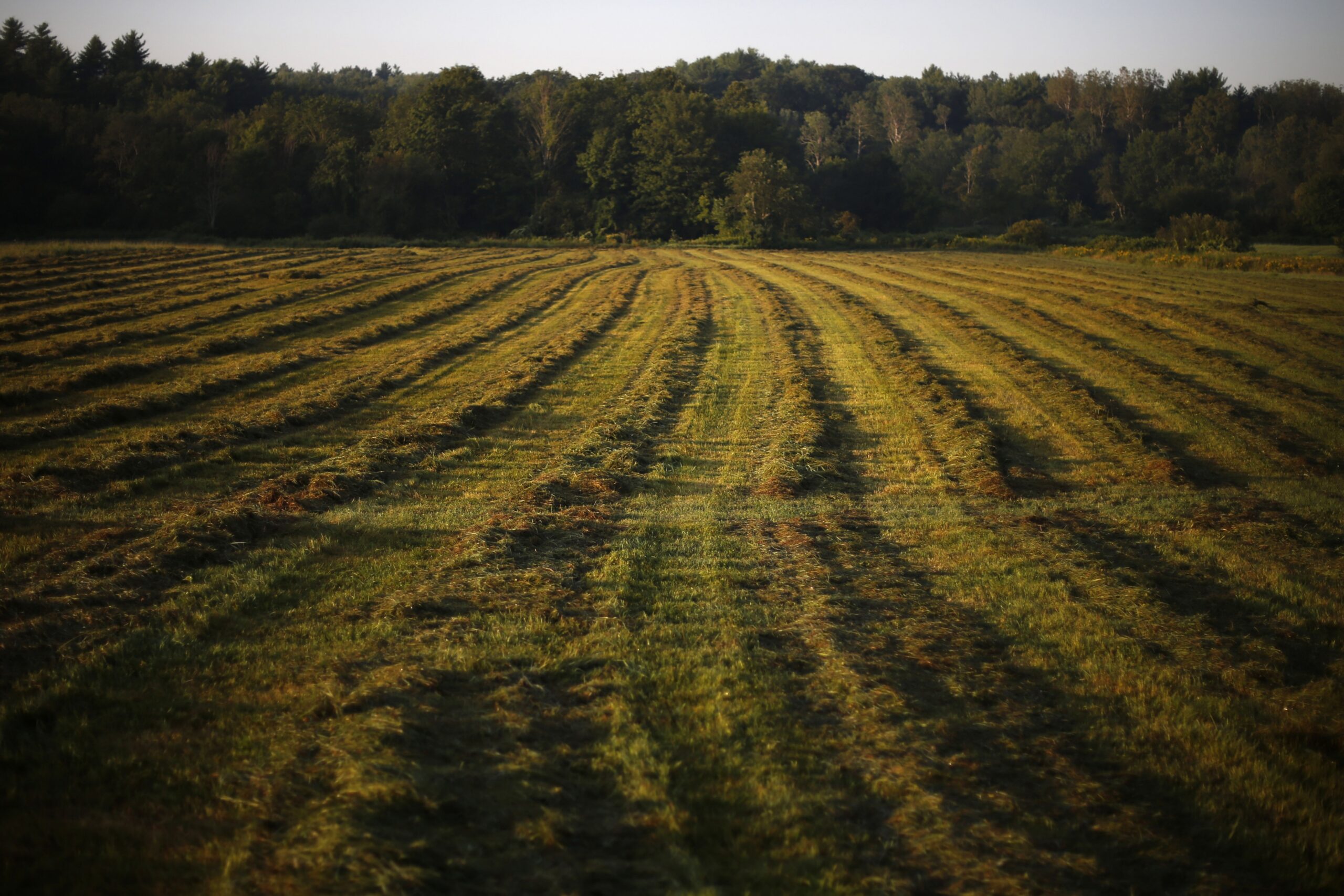As Congress debates revisions to the 2018 Farm Bill that expired this fall, one Wisconsin hemp farmer is urging regulations that better reflect hemp’s varied uses so the industry can continue to expand.
Wisconsin was a leading producer of hemp during World War II. But production halted in the 1950s, according to Grow, a magazine produced by the University of Wisconsin-Madison’s College of Agricultural and Life Sciences.
Alex Mootz, a hemp farmer in Adams, recently joined Wisconsin Public Radio’s “The Morning Show” after a listener from Ashland requested a program on Wisconsin’s hemp industry.
News with a little more humanity
WPR’s “Wisconsin Today” newsletter keeps you connected to the state you love without feeling overwhelmed. No paywall. No agenda. No corporate filter.
Mootz discussed regulations of hemp and what the government has gotten right so far.

What could change?
Mootz wants testing regulations to better reflect the differences between hemp’s fiber and flower. The latter is more often part of Cannabidiol production, he said. Hemp fiber has other uses, such as in the textile industry.
“We have to follow the same rules as a farmer growing 2,000 plants, and I’m growing 300 acres of fiber with over 1 million plants an acre. I hate to see those testers have to walk out into that jungle to test it,” Mootz said. “There needs to be a separation of those two streams from hemp. Although they’re from the same plant, they couldn’t be any more different as far as their end product goes.”
Mootz is also pushing to raise acceptable THC levels in hemp. THC is the psychoactive component in cannabis. Most countries limit THC levels to 0.3 percent or 1 percent by dry weight, according to the U.S. International Trade Commission.
The United States, Canada, China and the European Union limit THC levels to 0.3 percent while Australia, Mexico and Thailand are among countries at 1 percent.
Mootz wants the United States to move up to 1 percent to allow for natural fluctuations in THC levels, such as how levels change after harvest or when hemp plants are under stress. That way, farmers can more easily keep their plants at an acceptable THC level.
When test results fall above 0.3 percent, farmers would have to look toward a remediation program from the U.S. Department of Agriculture, Mootz said. Remediation could mean separating and destroying flowers that tested above 0.3 percent.
“It can be quite devastating to a farmer,” he said. “I know plenty of farmers throughout the U.S. that have had to basically turn over their crop.”
What the government gets right
The USDA lacks capacity to handle all hemp testing at facilities registered by the Drug Enforcement Administration. So, farmers may test hemp at unregistered facilities through the end of the year.
Mootz said he prefers the registered testing sites, however. Companies without approval from the DEA gain popularity for telling farmers what they want to hear rather than reporting fully accurate levels, he said.
Mootz appreciates that registered companies took on the burden to get proper licensing.
“I love that idea of regulation,” he said. “You’ll very rarely hear me say that about federal oversight.”
Wisconsin Public Radio, © Copyright 2025, Board of Regents of the University of Wisconsin System and Wisconsin Educational Communications Board.







